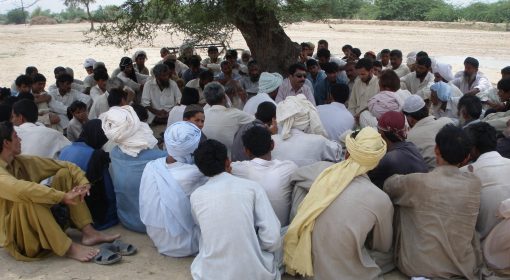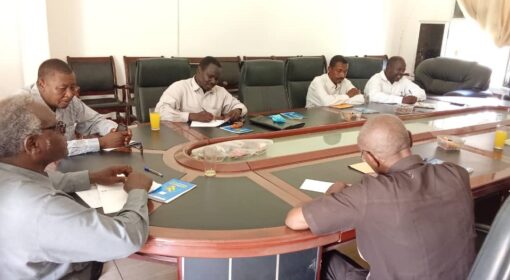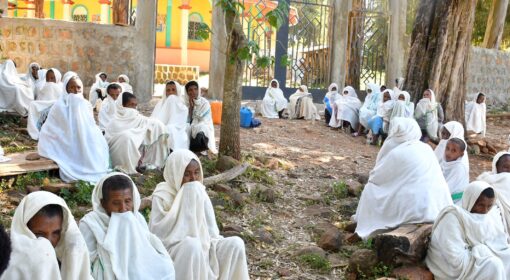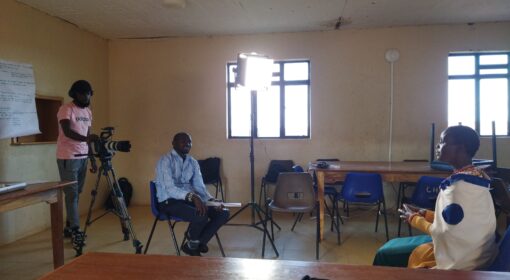By ORDA Ethiopia with support by Nardos Masresha
This blog is part of a dossier on locally-led adaptation, featuring insights and lessons from the Reversing the Flow (RtF) program. RtF empowers communities in Bangladesh, Burkina Faso, Ethiopia, Kenya, and Sudan to build climate resilience through direct funding and a community-driven, landscape approach.
Since October 1, 2024, ORDA Ethiopia, in partnership with the Netherlands Enterprise Agency (RVO), has been implementing the RtF program in Koti Kebele, Yilmana Densa Woreda, Amhara Region, Ethiopia. Under this approach, ORDA regrants 70% of the €1 million it receives directly to local communities, enabling them to lead their own adaptation efforts.
The core focus: restoring six severely degraded micro-watersheds covering 2,735 hectares and improving the livelihoods of Koti’s 5,498 residents (1,285 households, including 260 female-headed ones) through locally defined climate adaptation strategies.
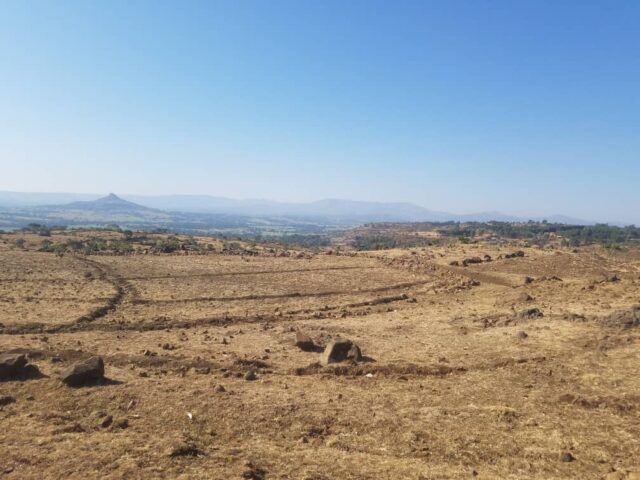
Community-led planning and implementation
From January to March 2025, significant progress was made in preparing integrated watershed development plans. With support from ORDA Ethiopia and local partners, community members actively engaged in designing context-specific plans based on their unique watershed needs and priorities. These plans addressed four key areas: natural resource management, infrastructure development, livelihood enhancement, and gender equality and social inclusion. Once completed, the plans were consolidated and unanimously endorsed by the broader community: an important milestone in participatory planning and local ownership.
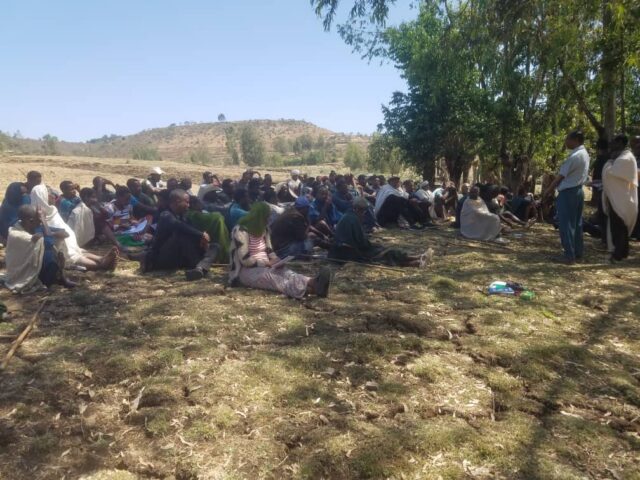
The Regranting Model: how it works
As part of the broader effort to promote community-led landscape restoration and climate resilience in Ethiopia, ORDA Ethiopia, serving as a hub, provides regrants to grassroots organizations: specifically Watershed User Associations (WUAs). This empowers communities to lead, implement, and monitor their own natural resource management initiatives.
| Component | Details |
| Grantee Type | Watershed User Associations |
| Geography | 6 Micro-watersheds in Koti Kebele, Yilmana Densa Woreda, Amhara Region, Ethiopia |
| Target Households | 1,331 (27% women-led) |
| Grant Size | Based on micro-watershed plans (up to 75,000.00 Euros per micro-watershed) to improve water access, livelihoods and landscape restorations. |
| Disbursement | 3 phases per year (30% → 50% → 20%), after fund utilization of 85% of each phase |
| Support Provided | Technical assistance, training, monitoring, and trust-building |
Step-by-step: The Regranting Process
- MoU Signing: Agreement between ORDA Ethiopia & Watershed User Associations representatives defining roles, timelines, and financial procedures.
- Community members Identification: Watershed User Committees register target households, disaggregated by gender and age, and publicly post lists.
- Fund Disbursement: ORDA transfers funds to WUA’s bank account in tranches tied to performance and utilization benchmarks.
- Fund Management: The WUA’s bank account is managed by three signatories, selected committee members/leaders from each association.
- Monitoring & Reporting: Watershed User Associations submit simple quarterly reports—covering both financial and physical aspects—designed to match the literacy level of the community committees. ORDA reviews these reports, provides feedback, and ensures proper oversight.
Roles & Responsibilities
ORDA Ethiopia, as the national hub, plays a facilitative and supportive role by working closely with Watershed User Associations (WUAs). It is responsible for the secure transfer of funds, delivering training and technical assistance, and acting as a key intermediary between the WUAs and the Netherlands Enterprise Agency (RVO) (the donor). In turn, the WUAs lead the planning, implementation, and monitoring of restoration activities within their micro-watersheds. They manage the regranted funds, submit simple and accessible reports tailored to the literacy levels of their committees, and regularly engage with local actors and community members to track performance and ensure transparency.
This approach works because it puts communities at the center: giving them the authority, resources, and support to lead their own development. By embedding accountability within grassroots structures and using tools in local languages, the model strengthens ownership and ensures that processes are transparent and inclusive. The result is not just more effective restoration, but also stronger trust, social cohesion, and resilience. Importantly, this model is flexible and well-suited to the complex and shifting realities of climate-vulnerable regions.
